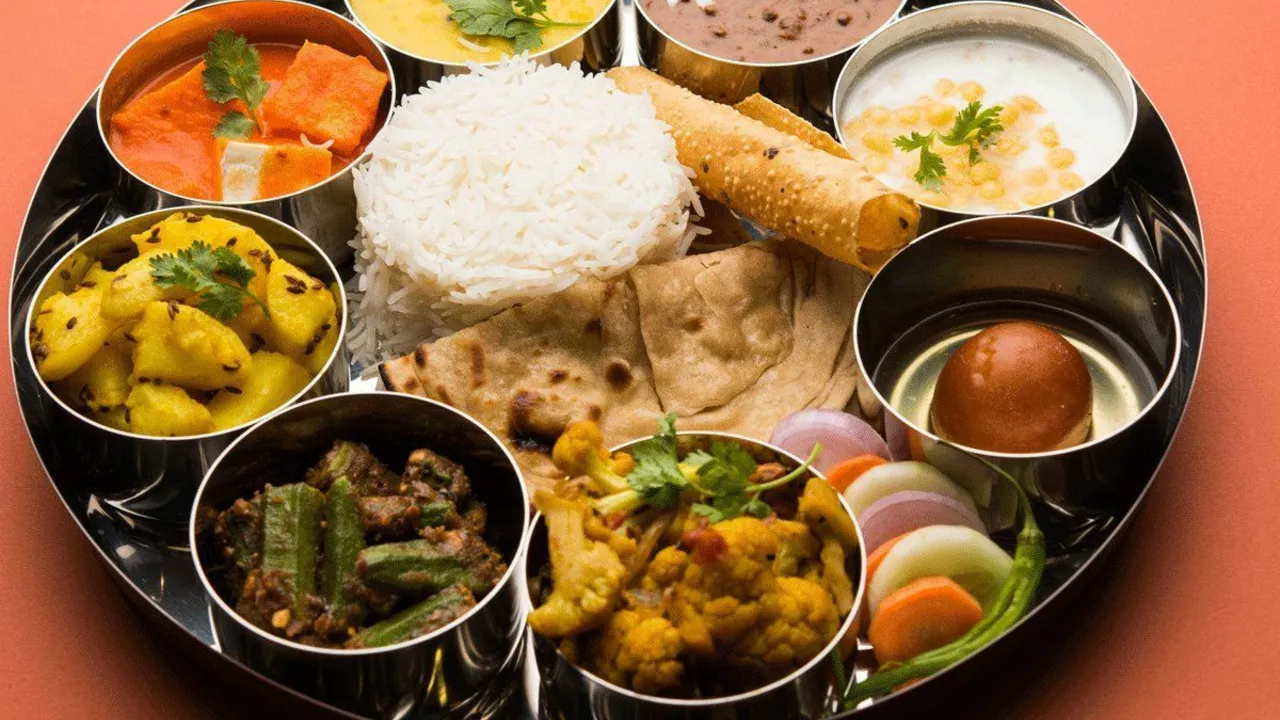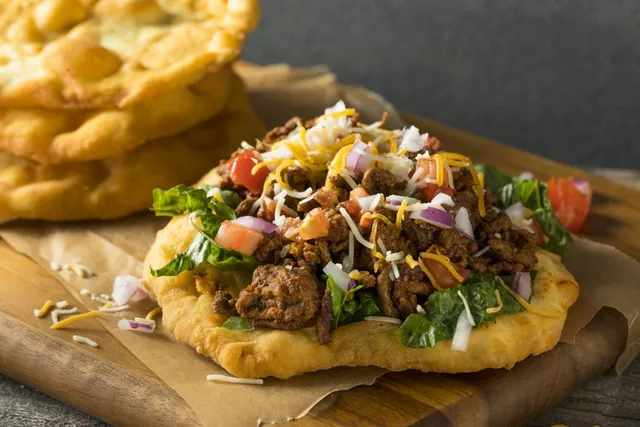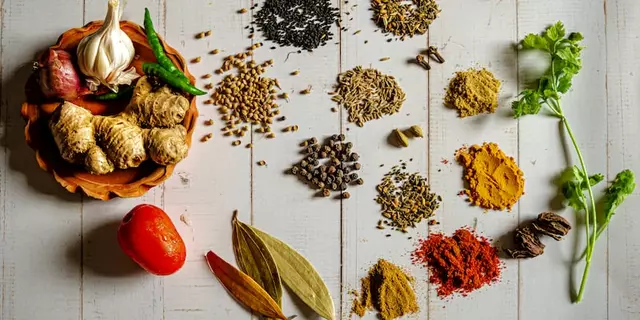Why North Indian Foods Tend to Be Spicy — August 2023
In August 2023 we published a lively explainer that answers a question many of us ask at the dinner table: why is North Indian food so spicy? The piece breaks the idea down into practical reasons you can see and taste — history, climate, local ingredients, and cooking traditions. Here’s a clear summary of what we covered, plus a few useful tips you can use at home.
What drives the heat?
First, spices are part of everyday life in North India. Chili peppers arrived from the Americas in the 16th century and were quickly adopted because they grow well and add strong, fast flavor. Cumin, coriander, turmeric and garam masala were already familiar, and chilies fit naturally into that mix. People used spices not just for taste but for practical reasons: spices help preserve food a bit and can reduce the chance of stomach upsets when refrigeration was not available.
Second, food balance matters. Many North Indian meals are rich — lots of ghee, cream, lentils and wheat-based breads. Strong spices and heat cut through that richness and keep dishes from feeling heavy. Think of a spicy chutney beside buttery dal or a hot curry next to soft naan — the contrast makes each bite more interesting.
Third, traditional medicine and digestion play a role. In Ayurvedic thinking, spices warm the body and help digestion. People historically used spices like black pepper, ginger and asafoetida to aid digestion after heavy meals. Even if you don’t follow Ayurveda, this shows why cooks kept spices in regular use.
How culture and markets shaped the flavor
Cultural taste builds over generations. Once families and neighborhoods prefer stronger, spicier flavors, recipes get passed down that way. Popular dishes from Punjab, Delhi and Uttar Pradesh spotlight bold spices and generous seasoning — those regional favorites influence home cooking across the north.
Markets mattered too. Spices have long been traded across India, so fragrant mixes and fresh masalas were always within reach. When ingredients are easy to find and affordable, cooks use more of them. That creates a feedback loop: more spice in cooking leads to a cultural preference for spicy food.
Practical tips: if a dish is too spicy, add plain yogurt, a squeeze of lemon, or a spoon of sugar to balance heat. Dairy like raita or a glass of milk calms the burn better than water. If you cook at home, roast whole spices lightly before grinding — that gives flavor without only adding heat.
August 2023’s post aimed to explain the why behind the taste, not to stereotype. North Indian food is varied — not every dish is fiery — but history, climate, pantry choices and taste habits explain why many dishes carry a noticeable kick.
Want more short explainers like this? Check our monthly archive to see what else we covered and find quick reads that make sense of everyday questions about food and culture in the region.

Why are North Indian foods so spicy?
Ladies and gents, ever wondered why North Indian food makes you feel like a fire-breathing dragon? Well, it's because the region is hotter than a Bollywood dance number, and the spices help cool you down, believe it or not! Plus, with an abundance of spices readily available in their backyard, North Indians naturally spice it up to jazz their dishes. So, instead of feeling like you're in a hot chilli eating contest, embrace the heat, and let the flavors play hide and seek with your taste buds. Remember, every spice-laden bite is North India's way of saying "Namaste" to your palate, so enjoy the ride, my friends!
Categories
- Social Issues in India (3)
- Sports (3)
- Business & Markets (2)
- Weather & Climate (2)
- History and Politics (1)
- Quick and Easy Indian Breakfast Recipes (1)
- Food and Culture (1)
- Road Safety & Transportation (1)
- Cultural Experiences/Travel & Living Abroad (1)
- Technology Reviews (1)
Popular Articles
What is your review about the Redmi Note 7 Pro?
Jul, 26 2023

What are Indian tacos?
May, 11 2023
